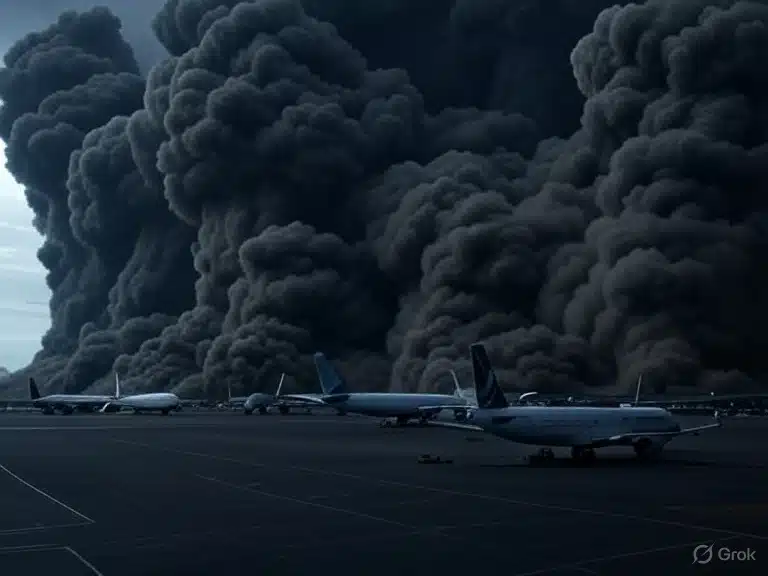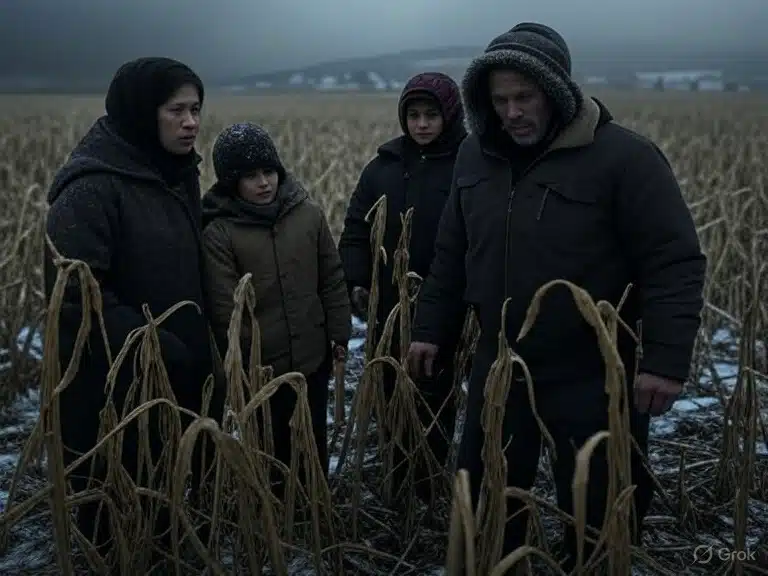Volcanoes are among the most powerful forces shaping our planet. From creating new land to influencing global weather, their impact goes far beyond fiery eruptions. But what if volcanic activity suddenly doubled worldwide for just one year? Would humanity be able to withstand the explosive consequences, or would the planet spiral into chaos? Let’s explore this fascinating “what if” scenario.
A World on Fire: The Immediate Impact
If volcanic activity doubled, the number of eruptions would skyrocket. Instead of about 60–70 eruptions per year, we could see over 120 massive eruptions across the globe. These wouldn’t just be small lava flows; the odds of multiple VEI-6 or VEI-7 super-eruptions (like Mount Tambora in 1815) would increase dramatically.
Immediate consequences would include:
- Increased seismic activity as Earth’s crust adjusts.
- Lava flows threatening nearby towns and cities.
- Ash plumes grounding flights worldwide.
- Massive evacuations in volcanic zones like Indonesia, Japan, Iceland, and South America.
Life near active volcanoes would become almost unlivable for millions of people.
Ash Clouds and Air Travel Collapse
One of the most disruptive effects of doubling volcanic activity would be the global spread of volcanic ash. Even a single large eruption, like Iceland’s Eyjafjallajökull in 2010, managed to ground flights across Europe for weeks. Now imagine dozens of eruptions at once.
- International flights would face constant shutdowns.
- Supply chains for food, medicine, and technology would be paralyzed.
- Tourism in volcanic-prone regions would vanish.
Air travel as we know it would collapse, forcing nations to depend more on shipping and land-based trade routes.

Climate Chaos: Cooling the Planet
The most far-reaching consequence of widespread volcanic activity would be climate disruption. Large eruptions inject sulfur dioxide into the stratosphere, which reflects sunlight and cools the planet.
If volcanic activity doubled:
- Average global temperatures could drop by 1–3°C within a year.
- Agriculture would suffer from shorter growing seasons and crop failures.
- The world could experience a “volcanic winter” similar to what followed the Tambora eruption, which caused the infamous “Year Without a Summer” in 1816.
This cooling might sound beneficial in a warming world, but the sudden shift would devastate food production and ecosystems unprepared for abrupt changes.
Ocean and Atmospheric Disruption
Volcanic gases like carbon dioxide, sulfur, and chlorine would also wreak havoc on Earth’s environment:
- Oceans would acidify faster, threatening marine life.
- Ozone depletion could increase, allowing more harmful UV radiation to reach the surface.
- Extreme weather events like superstorms and unusual monsoons could become more common.
The delicate balance of Earth’s atmosphere would be pushed to its limits.

Human Civilization Under Pressure
For humanity, the doubling of volcanic activity would trigger a chain reaction of crises:
- Food Shortages – Crops would fail due to lack of sunlight and colder temperatures. Grain reserves might run out within months.
- Mass Migration – Populations near volcanoes and failed agricultural zones would flee, sparking refugee crises.
- Economic Collapse – Trade disruptions, food scarcity, and grounded air travel would devastate global markets.
- Health Hazards – Ash inhalation could cause widespread respiratory illnesses, while contaminated water supplies would worsen sanitation crises.
Governments would face overwhelming challenges, and only nations with strong infrastructure and stockpiles might endure relatively unscathed.
Could Humanity Adapt?
Despite the chaos, humans are resourceful. Survival strategies might include:
- Shifting to indoor agriculture with artificial lighting powered by renewable or nuclear energy.
- Developing volcanic monitoring networks to better predict eruptions and ash flows.
- Global cooperation to share food, resources, and technology in the face of shortages.
But adaptation would come at a cost. Societies would need to change their entire way of life to survive even a single year of doubled volcanic activity.
Lessons from Earth’s History
History offers warnings about this scenario:
- Tambora (1815): Caused global famine and millions of deaths.
- Krakatoa (1883): Darkened skies worldwide and dropped global temperatures.
- Pinatubo (1991): Reduced global temperatures by 0.5°C for two years.
Now imagine all of these events happening simultaneously within one year. It would be a planetary-scale disaster unlike anything modern civilization has ever faced.
Final Thoughts
If volcanic activity doubled worldwide for one year, Earth would be plunged into chaos—darkened skies, collapsed agriculture, mass migrations, and climate disruptions. While humanity might find ways to adapt, billions could be at risk from famine, disease, and conflict. This scenario reminds us of the raw, untamed power of our planet and the importance of preparing for natural disasters, no matter how unlikely they seem.

